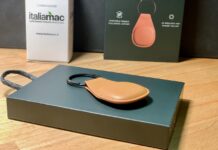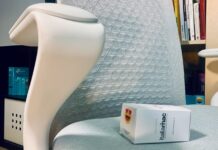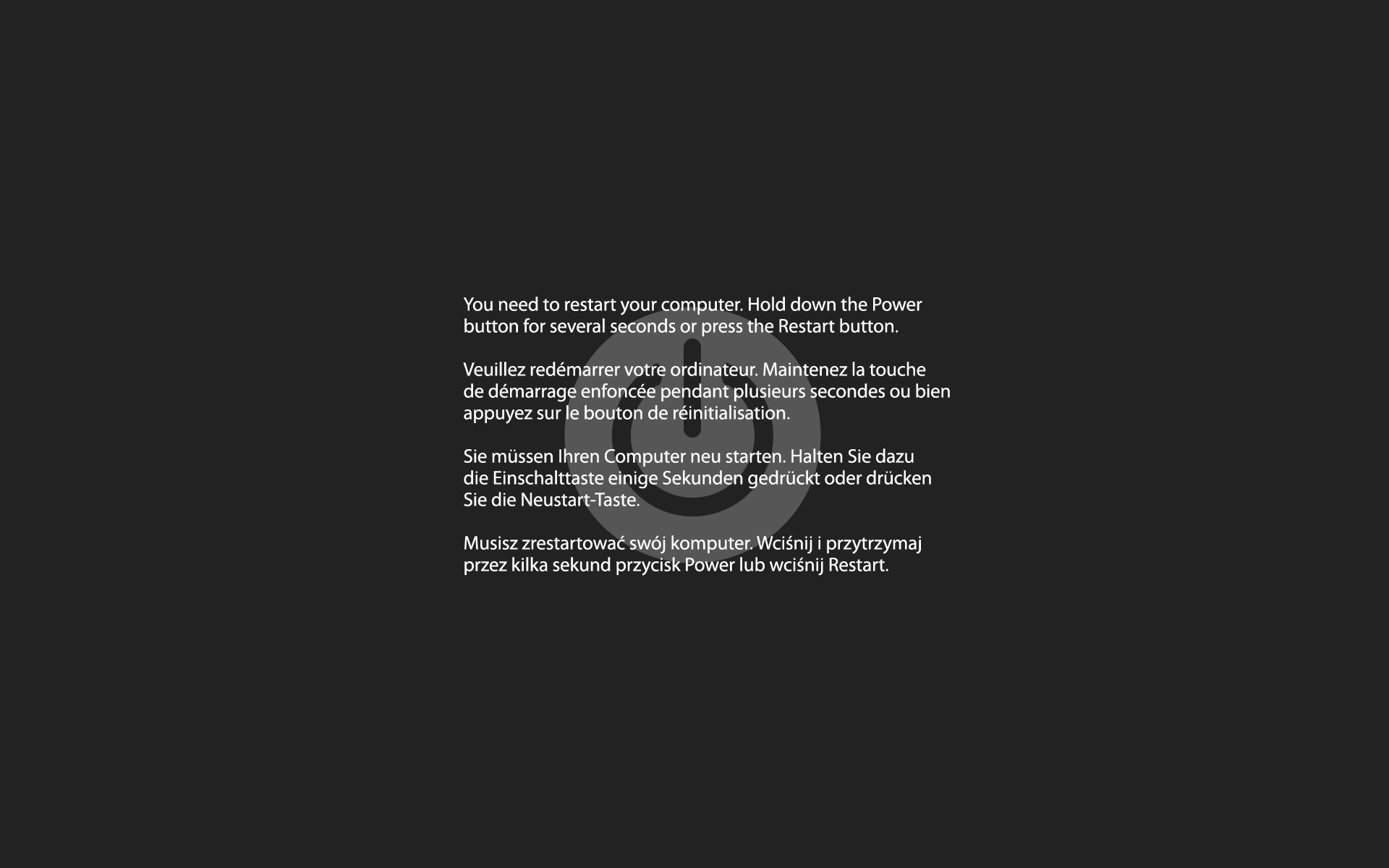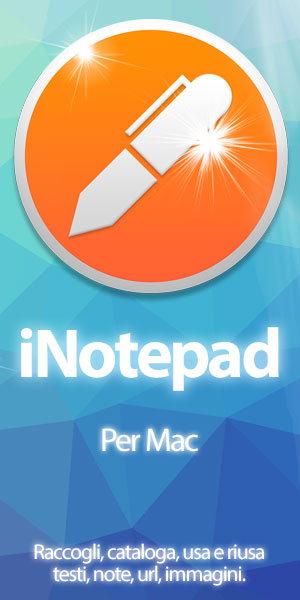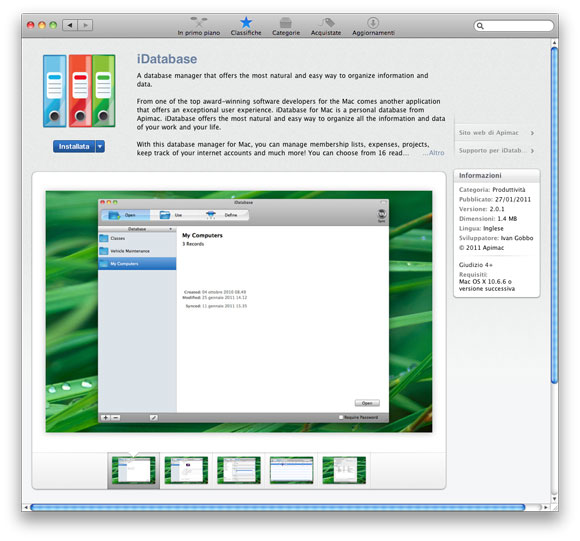Pare proprio che Apple stia avendo problemi con i nuovi MacBook Pro e iMac Pro. I dispositivi in questione risulterebbero andare in Kernel Panic durante l’utilizzo quotidiano. Secondo Digital Trends il problema sarebbe da ricondurre al nuovo chip T2.
“Kernel Panic” è esattamente la schermata blu della morte che appare solitamente ai computer Windows, se siete stati in passato utenti Microsoft non potrete averla non vista.
Ecco qualche dettaglio in più del problema:
Of all the error messages uploaded to these threads, there is one detail they seem to share: Bridge OS. This is an embedded operating system used by Apple’s stand-alone T2 security chip, which provides the iMac Pro with a secure boot, encrypted storage, live “Hey Siri” commands, and so on. It’s now included in the new 2018 models of the 13- and 15-inch MacBook Pro with Touch Bar.
Da quanto riportato sopra è possibile identificare il problema nel chip T2 grazie al crash log di macOS e non risulterebbe alcun “fix” per risolvere il bug al momento.
Secondo Digital Trends invece:
According to the threads, the system crashes can be reduced if you don’t daisy-chain devices, don’t use a Thunderbolt 3 to Thunderbolt 2 adapter, turn off Power Nap, turn off Secure Boot, don’t unlock the device with Apple Watch, remove third-party kernel extensions, and turn off every power management option you can find.
Apple suggests that [affected] owners wipe and reload MacOS from scratch, disable FileVault, and disable Power Nap, the latter of which worked for some iMac Pro owners.
Nonostante i nuovi MacBook Pro siano usciti da meno di un mese non è il primo bug di cui sentiamo parlare. La settimana scorsa Apple ha rilasciato un nuovo aggiornamento per risolvere un problema di throttling termico.
Se possedete un MacBook Pro 2018 e siete afflitti da kernel panic allora contattate immediatamente Apple per la sostituzione. Ci aspettiamo che l’azienda di Cupertino sia al corrente del problema e che rilasci un aggiornamento il prima possibile.
E voi, avete acquistato uno dei nuovi MacBook Pro? Fatecelo sapere tramite i commenti.


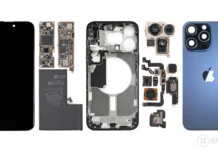



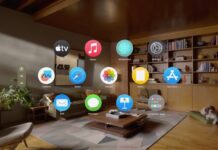

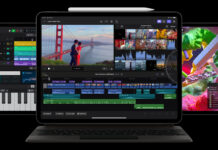

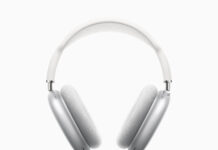
![[Link] AyaNeo Retro Mini PC AM01: un PC compatto in veste retro Macintosh](https://www.italiamac.it/wp-content/uploads/2023/12/AYANEO-Retro-Mini-PC-SIMIL-MACINTOSH-218x150.jpg)


